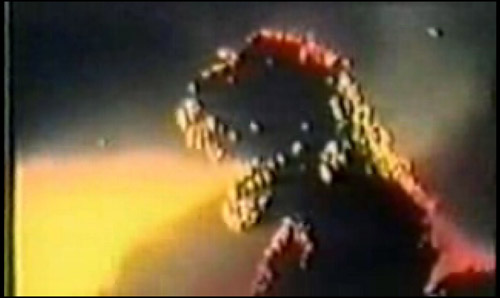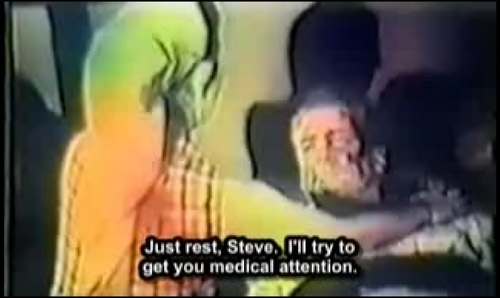


Son of Godzilla
aka Monster Island’s Decisive Battle: Godzilla’s Son aka Kaiju-shima no Kessen Gojira no Musuko
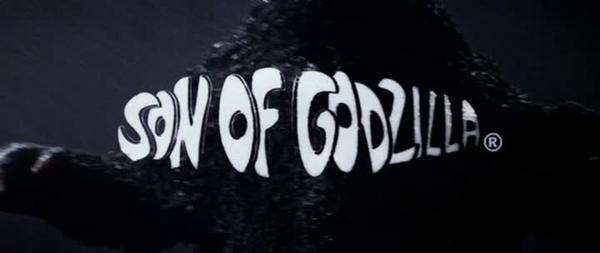
1967

Directed by Jun Fukuda
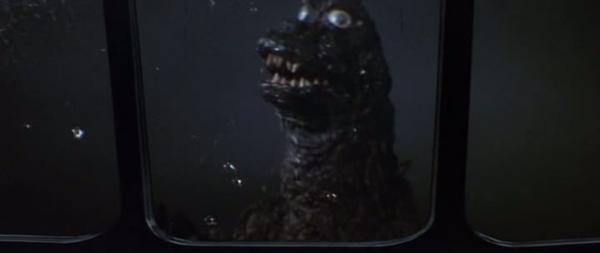 |
|
Hey, what the hell are you doing in my shower??
|
Son of Godzilla is a damn awesome film, but it is also a film that you pretty much need to see as a kid. Looking back on the film as an adult, there are plenty of things wrong, but there are plenty of things right. And as the waves of nostalgia wash over you, even the few problems you see melt away into the bliss of Minya. I can imagine people viewing this for the first times as adults, and much of the magic will be gone.
I still have the VHS tape of Son of Godzilla I bought with my own money as a small kid. I didn’t want to wait for the film to pop up on TBS’s Super Scary Saturday or the local station KLJB-TV which would sometimes show Godzilla movies during their Sunday “we gotta air SOMETHING!” programming. I watched that tape like crazy, it getting just as much play as Godzilla’s Revenge, Ghidrah, and a few other Godzilla flicks I watched religiously.
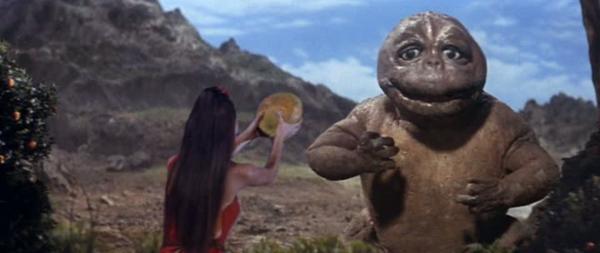 |
|
That’s right, baby. Not ten minutes old and chicks are lining up to serve me!
|
Minya was designed to appeal to kids, and it worked beautifully. He’s the ultimate lure to get kids even more excited to watch the monster films. It’s the same old gimmick as masked crimefighters having young kid sidekicks. Minya isn’t even the first monster kid, Kong had a son decades before Godzilla was even a reality. But Minya has stood the test of time and even survived a brief attempt to usurp him of his role as Godzilla’s son. Suck it, Godzilla Junior, you’re just a second rate extra from Dinosaurs!
Son of Godzilla features two other new monsters, Kumonga and Kamacuras, aka Speiga and Gimantis. Both are creepy bug monsters, preventing anyone becoming attached to them instead of Minya or Godzilla as the heroes. Sure, there are people who are into spiders and insects, and even Mothra is a hero, but the gut reaction of the bugs vs. the cute kid is obviously what they were going for.
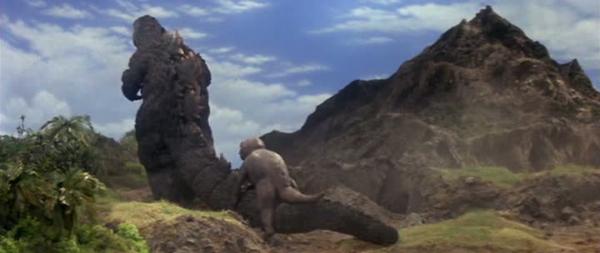 |
|
Wheeeeeeeeeeeeeeeeeeeeeeeee!!!!!!!!!!
|
Just FYI, I’m calling them Minya, Speiga, and Gimantis through the plot section. None of that Minilla, Kumonga, or Kamacuras crap. That’s because these are the names I grew up with. And this is my review, so I can do what I want! Nyeh nyeh nyeh!
The remote island location with the small science crew allows for some lower budget action. They realize they need a character to have everything explained to, so in airdrops the standard reporter character. Godzilla films need reporter and scientist characters, it is the peanut butter and chocolate on the kaiju bread. Despite many of the characters getting no lines and just wandering around in the background, some of them are pretty heavy hitters.
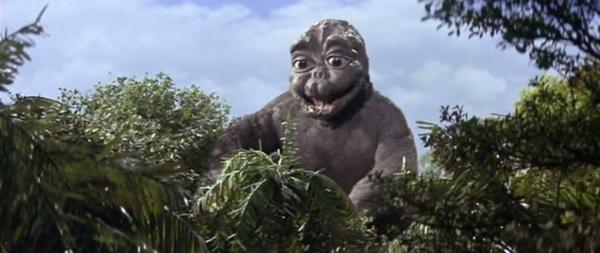 |
|
LLLLLLLLLLLLLLLLLLLLLLadies!
|
So I did my best with the cast list, several of the researchers don’t really get names or personalities, so I played mix and match.
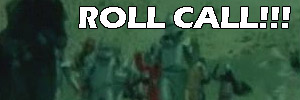
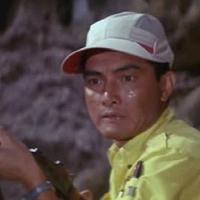 |
Maki Goro (Akira Kubo) – Goro has a stomach for news! He also has a stomach for picking up hot island chicks and getting in the middle of giant monster fights. I’ve meet Akira Kubo in real life because I’m awesome like that. Akira Kubo was also in such classics as Destroy All Monsters, Godzilla vs. Monster Zero, Matango, and Gorath |
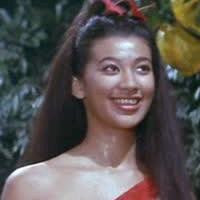 |
Reiko/Saeko Matsumiya (Bibari/Beverly Maeda) – Island girl Reiko has been alone on the island since her father, archeologist Tadashi Matsumiya, died years ago. She instantly takes a liking to Goro and about five minutes later has moved from jungle girl clothes to wearing Hawaiian shirts, white pants, and even a cute mod-inspired snow suit. Reiko is the English dub name and Saeko is the Japanese dub name. |
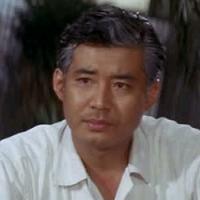 |
Professor Kusumi (Tadao Takashima) – Professor likes his pipe, which would get him an R-rating in modern film. Dr. Kusumi is working on a plan to control the weather to help in food production. Tadao Takashima also appeared in 1993’s Godzilla vs. Mechagodzilla, Frankenstein Conquers the World, Atragon, and King Kong vs. Godzilla. |
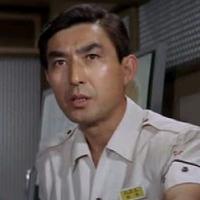 |
Dr. Fujisaki (Akihiko Hirata) – Dr. Fujisaki is 2nd in command and Professor Kusumi’s friend. He comes up with most of the escape plans and fixes the radio. Akihiko Hirata has a history with Godzilla films all the way back to being Dr. Serizawa in the original Gojira. See him here in Godzilla, King of the Monsters!, Ghidrah, Godzilla vs. the Sea Monster, and Cozzilla |
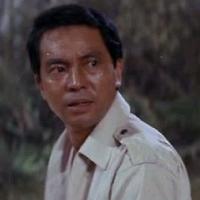 |
Furukawa (Yoshio Tsuchiya) – Furukawa is an angry guy who hates the island they are on, hates the hot weather, and hates everything ever that ever was or will be. He’s grumpier than Grumpy Smurf. Furukawa is also mentally unstable due to all the heat and later fevers he gets, which makes it odd that he’s running around armed most of the time. Yoshio Tsuchiya can be seen here in Godzilla vs. King Ghidorah, Destroy All Monsters, Godzilla vs. Monster Zero, and Gigantis the Fire Monster. |
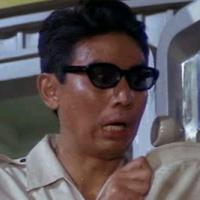 |
Morio (Kenji Sahara) – Scientist who usually wears sunglasses and sees some of the important monster developments in the film. You can see Kenji Sahara in G History all the way back to the original Gojira to Godzilla Final Wars. See him on TarsTarkas.NET in Godzilla vs. The Thing, Ultra Q, Godzilla’s Revenge, Godzilla vs. King Ghidorah, Godzilla vs. Mechagodzilla, and Godzilla vs. Space Godzilla. |
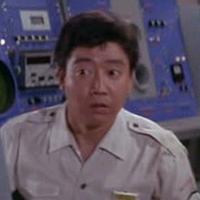 |
Ozawa (Kenichiro Maruyama) – Kenichiro Maruyama is barely there in several films, including brief appearances as an islander in Godzilla vs the Sea Monster and as a Moon base employee in Destroy All Monsters. |
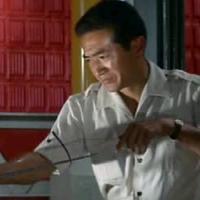 |
Tashiro (Seishiro Kuno) – Tashiro has a brown shirt and shines a light on Reiko. That’s about it for his character. Seishiro Kuno is so barely in Godzilla vs. The Thing, you would think I am lying to you. But I am not and he is in it. Somewhere… |
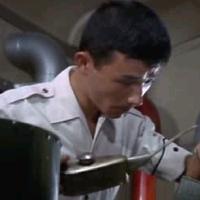 |
Suzuki (Yasuhiko Saijo) – Suzuki is another island member who did little and said less. Yasuhiko Saijo was Ippei in Ultra Q, also a henchman in Godzilla vs. Gigan. Isn’t it weird how 2/3rd of Ultra Q is trapped on this island? I’m just going to declare that Ultra Q takes place in the Godzillaverse. |
|
Kaiju Roll Call!
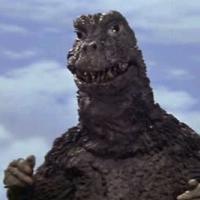 |
Godzilla (Haruo Nakajima and Seiji Onaka) – Godzilla is the king of all monsters and the king of parental responsibility. When he isn’t taking a nap. Haruo Nakajima, who played Godzilla for years, was Big G during the first scenes done in the water, but later taller actor Seiji Onaka took over so Godzilla would look bigger than his son. |
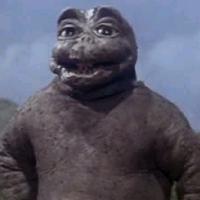 |
Minya (“Little Man” Machan) – Minya is the son of Godzilla who counts, unlike that other guy who sucks and we’re not going to mention his name ever again. But you know who you are. Try as I might, I can’t find any pictures of “Little Man” Machan, a little person wrestler who played Minya in all three movie appearances. |
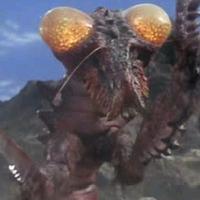 |
Gimantis/Kamacuras – Giant mantis who is mutated to be even gianter. Picks fights with Minya, Godzilla, and Speiga. Gets sucked bone dry. |
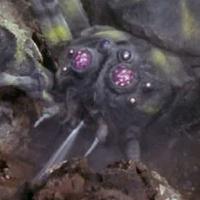 |
Speiga/Kumonga – Spider monster that spends most of the film sleeping, the rest trying to eat the other monsters and people. Eventually learns no one messes with Godzilla. |
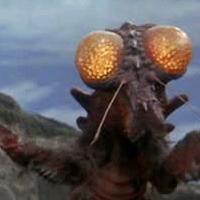 |
Gimantis 2/Kamacuras 2 – Second Gimantis added for completeness sake. Gets burnt to a crisp. |
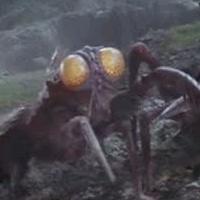 |
Gimantis 3/Kamacuras 3 – Third Gimantis added for completeness sake. Gets fried to ashes. |
|
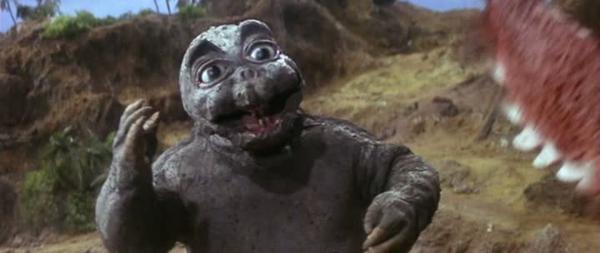 |
|
I’m totally gonna Serve you, Gimantis! I see some haters grillin’ I see some ladies chillin’ I see that girlie I’ve been plottin’ to get She can hop in the whip And we can Pump p p Pump Pump it up
|
Continue reading →

![]()













